In Farming 4.0, new technological solutions seem to be the future for food production worldwide.
But the FAO (Food and Agriculture Organization of the United Nations) also recognizes that systems dating back as far as 7,000 years have significant importance as both global heritage and local livelihoods.
The FAO recognizes these different types of agriculture as GIAHS (Globally Important Agricultural Heritage Systems).
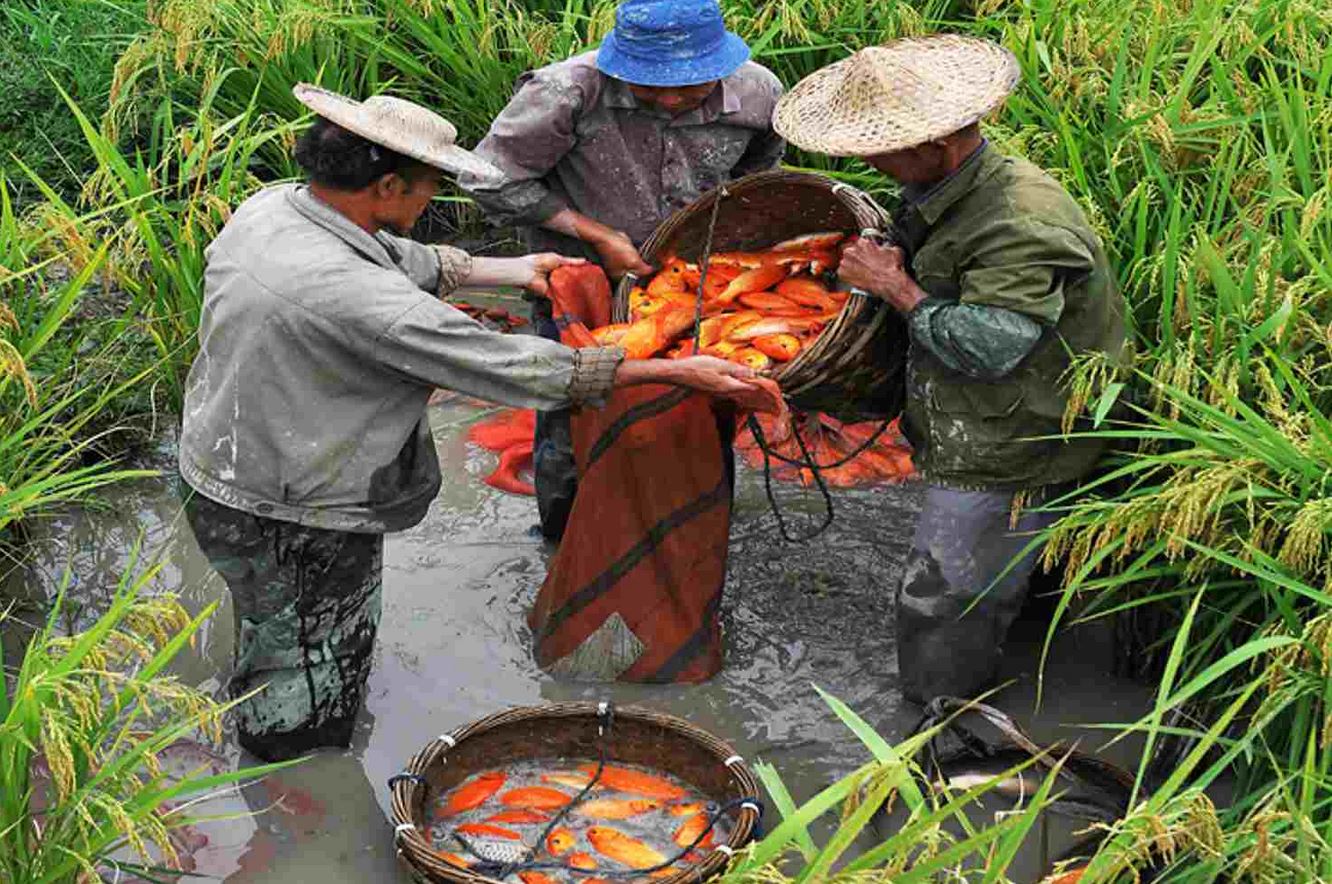
As the organization’s website presentation points out, the concept is more distinct and complex than an area or land protected as a heritage site, such as the pyramids in Egypt.
“GIAHS is a living, evolution-based system of human communities in an intricate relationship with their territory, cultural or agricultural landscape, or broader biophysical and social environment,” it explains.
For selecting and recognizing these systems, FAO considers about 20 criteria, such as agrobiodiversity, sustainability, conscious use of water, and economic and historical importance for the local population.
The concept celebrated 20 years of creation in the last week of October. There are 67 systems in 22 countries recognized as historic agricultural heritage sites.
Here are five of these farming systems that are more than 400 years old, with the particularity that the crops depend on some support:
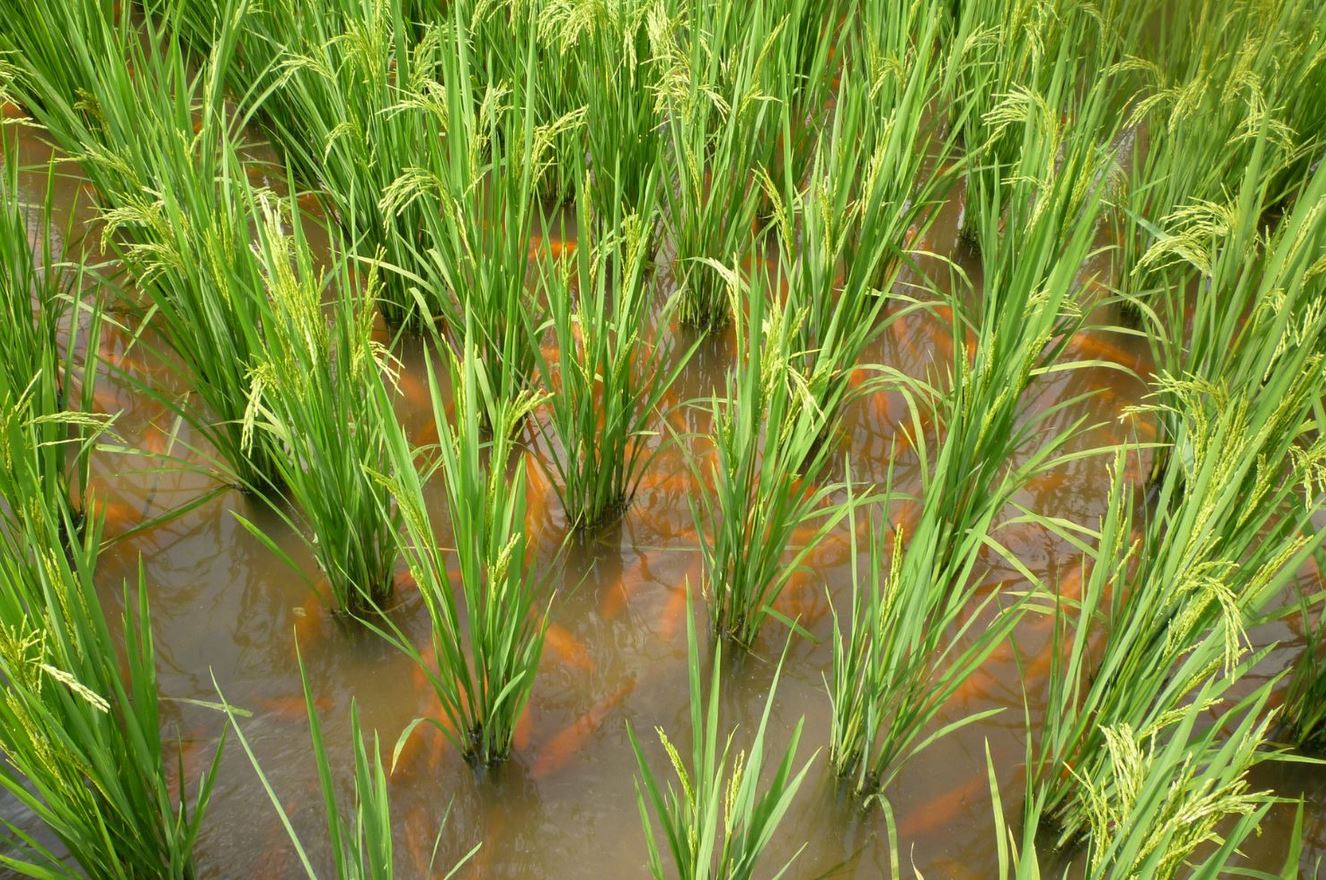
RICE-FISH CULTURE
Established in China during the Han dynasty (between 206 BC and the year 220), the RFC (rice-fish production system) is based on the symbiosis theory between crop cultivation and fish farming.
Both benefit from being in the same aquatic ecosystem in different ways. While the fish droppings help fertilize the rice and regulate micro-climatic conditions, the rice, a grass, provides shade and food for the fish through larvae and algae formed in the water.
The union of the two productions also lowers production costs, reducing expenses with fertilizers and herbicides against algae accumulation.
According to FAO, the village of Longxian is one of the most recognized regions in China for this type of production. In its area of 461 hectares, about 50 hectares are devoted to RFC.
Although it appears on a small scale in this village, the technique is used on about 1.5 million hectares throughout the country, according to the Chinese Ministry of Agriculture.
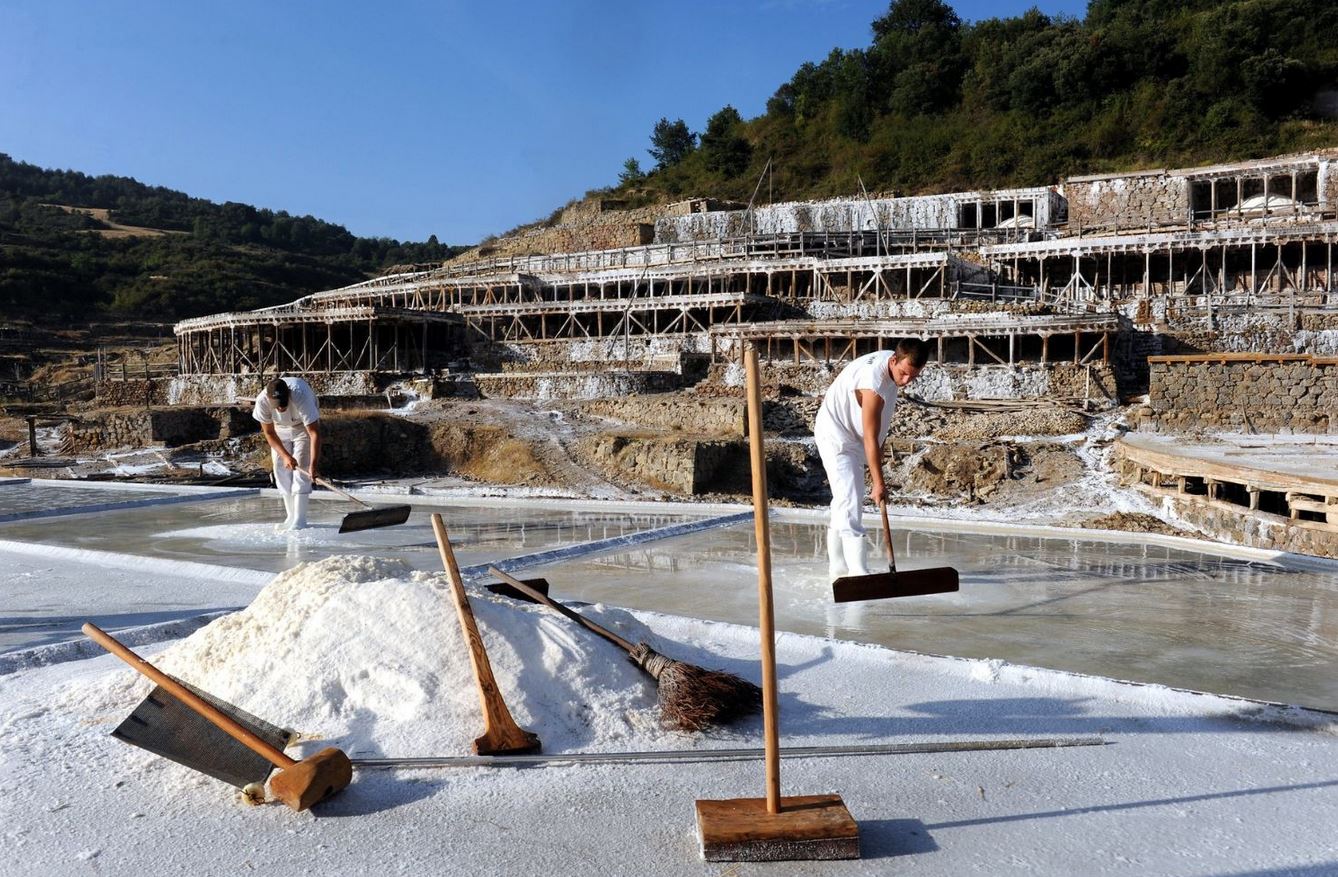
VALLE SALADO IN AGROFORESTRY
In Añana, a region of the Basque country in northern Spain, an agricultural model for extracting salt began to be developed about 7,000 years ago.
The Salado Valley, where production occurs, was established in an area with two small freshwater rivers and a “diapir”, a geological phenomenon that occurs in rock material and establishes a natural salt deposit.
The junction of the two characteristics makes the valley have different saltwater springs, from which the producers extract the water to perform its evaporation in a salt pan.
With the money received from the production and sale of salt, the Añana farmers can produce their food in an agroforestry model.
They produce herbaceous crops (cereals, rapeseed, potatoes, beets, and others) that are not affected by the salinity of the soil.
The FAO estimates that 9,000 people benefit from the system.
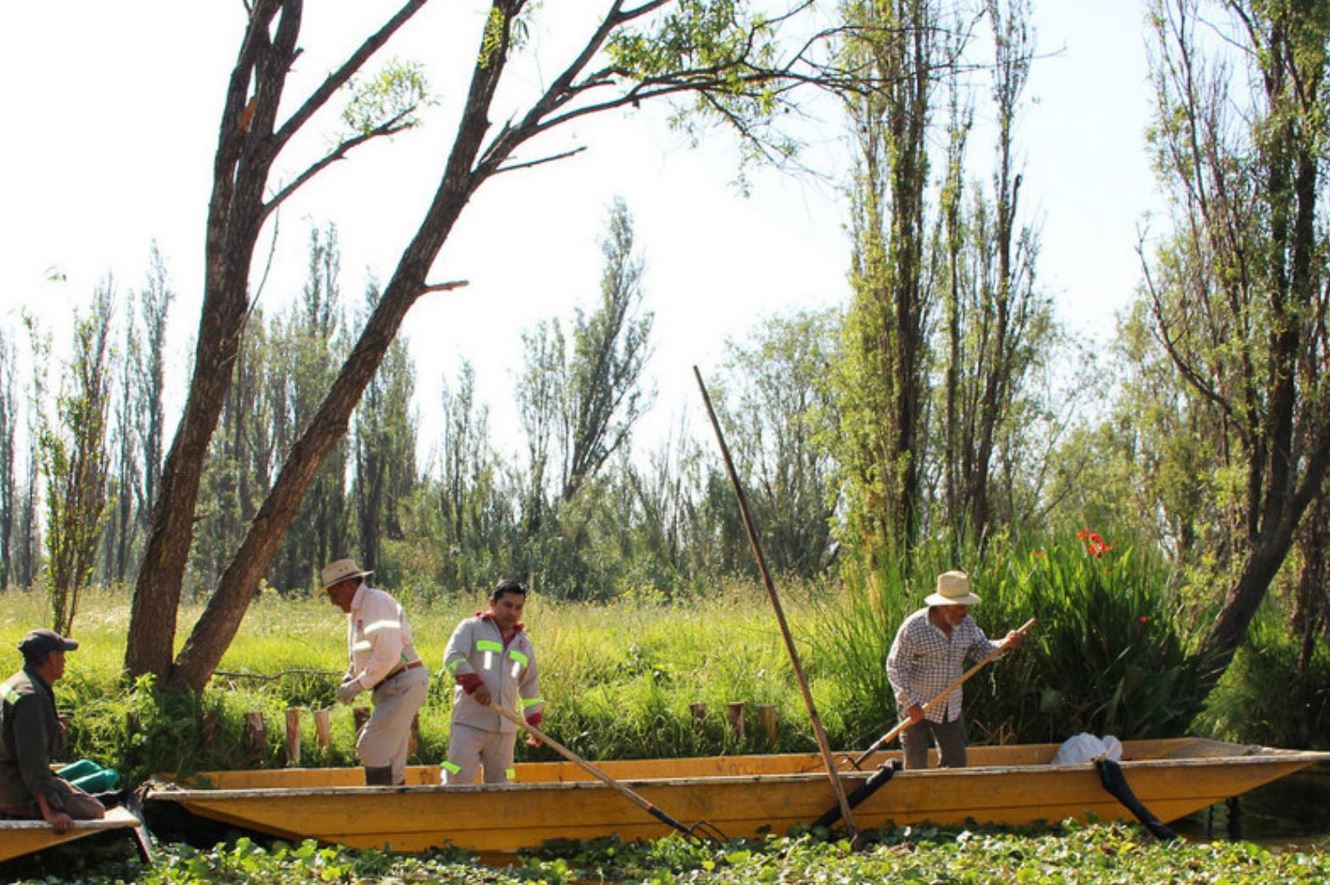
CHINAMPAS AND ITS WILLOWS
Created by the Aztec civilization between 1300 and the mid-1520s, the Chinampas method of agriculture is based on the construction of floating beds in lakes.
With high yields of five crops per year, the woven wooden structures accumulate mud and remain together thanks to the planting of “ahuejotes”, a native willow tree whose roots bring greater stability to the floating bed.
Local farmers can produce 51 species in the chinampas, including forage, medicinal, and food crops.
In Mexico, where the tradition of agriculture is still maintained, corn, cilantro, pumpkin, spinach, chard, lettuce, parsley, mint, scallions, cauliflower, celery, rosemary, and radishes are grown.
Currently, 2,200 hectares of chinampas are in operation in five rural villages in Mexico, benefiting some 225,000 inhabitants.
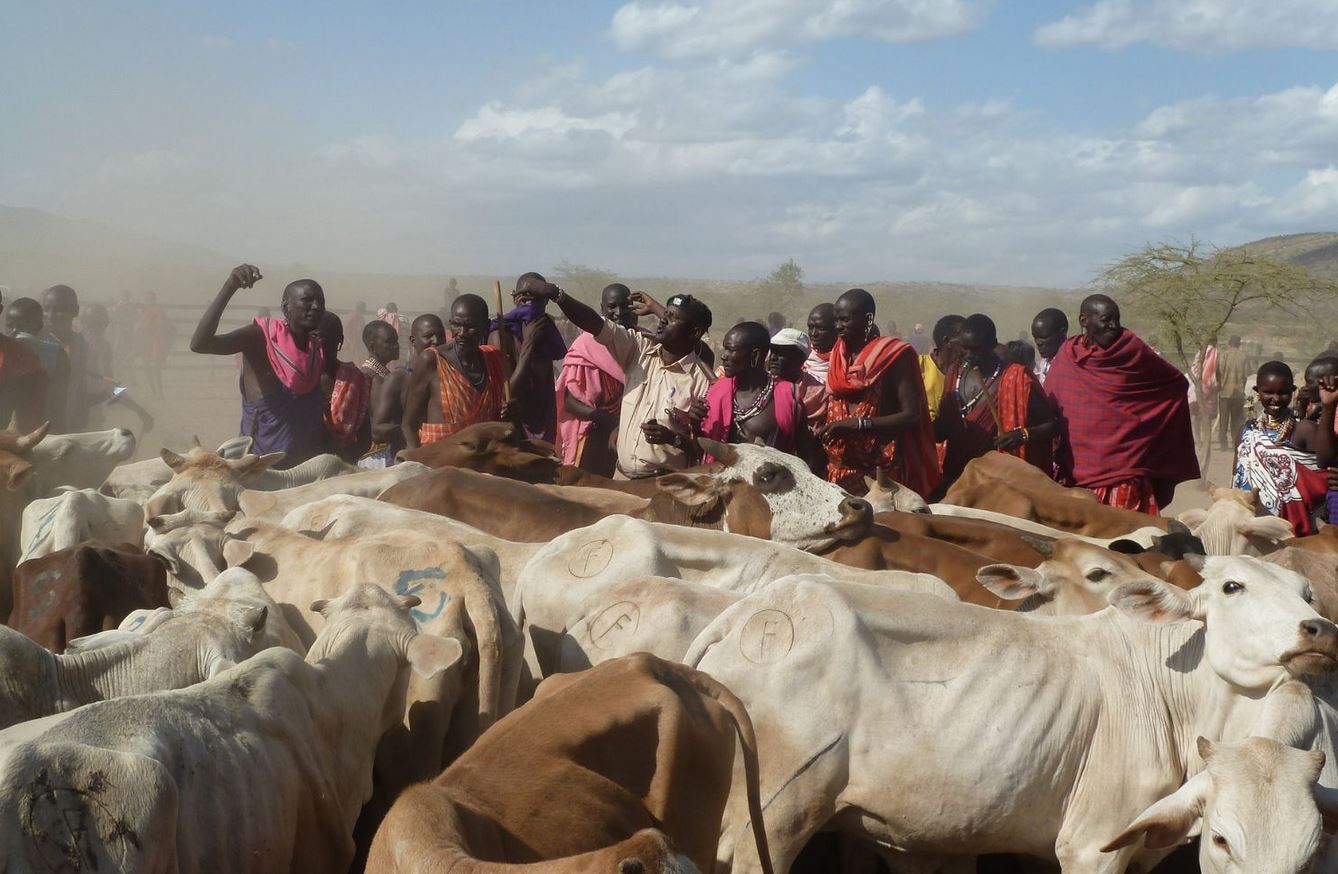
MAASAI, A DIFFERENT KIND OF FARMING
In the mid-17th century, the semi-nomadic Maasai people settled in Kenya, an African country marked by its aridity, and developed their own farming system.
Animals such as cattle, buffalo, goats, and sheep are raised together with the cultivation of endemic corn and beans.
For this, the members of the Maasai community share different tasks, such as research into possible grazing areas, animal movements, and water management.
In addition, they also explore forests to find fruits, seeds, honey, and medicinal plants for their own consumption, while they do not yet have a crop of corn or beans.
According to the FAO, the Maasai people have already tried to change their strategy by selling their animals, but the self-sufficient circle is still important for their food security.
The Maasai use three informal rules for production: they avoid used areas, keep their distance from other groups, and avoid newly occupied areas.
They also only move their animals when they have ensured that water and fodder are available in the next area they move to.
The total area recognized by the entity is 93,100 hectares, with a population of 5,539 people.
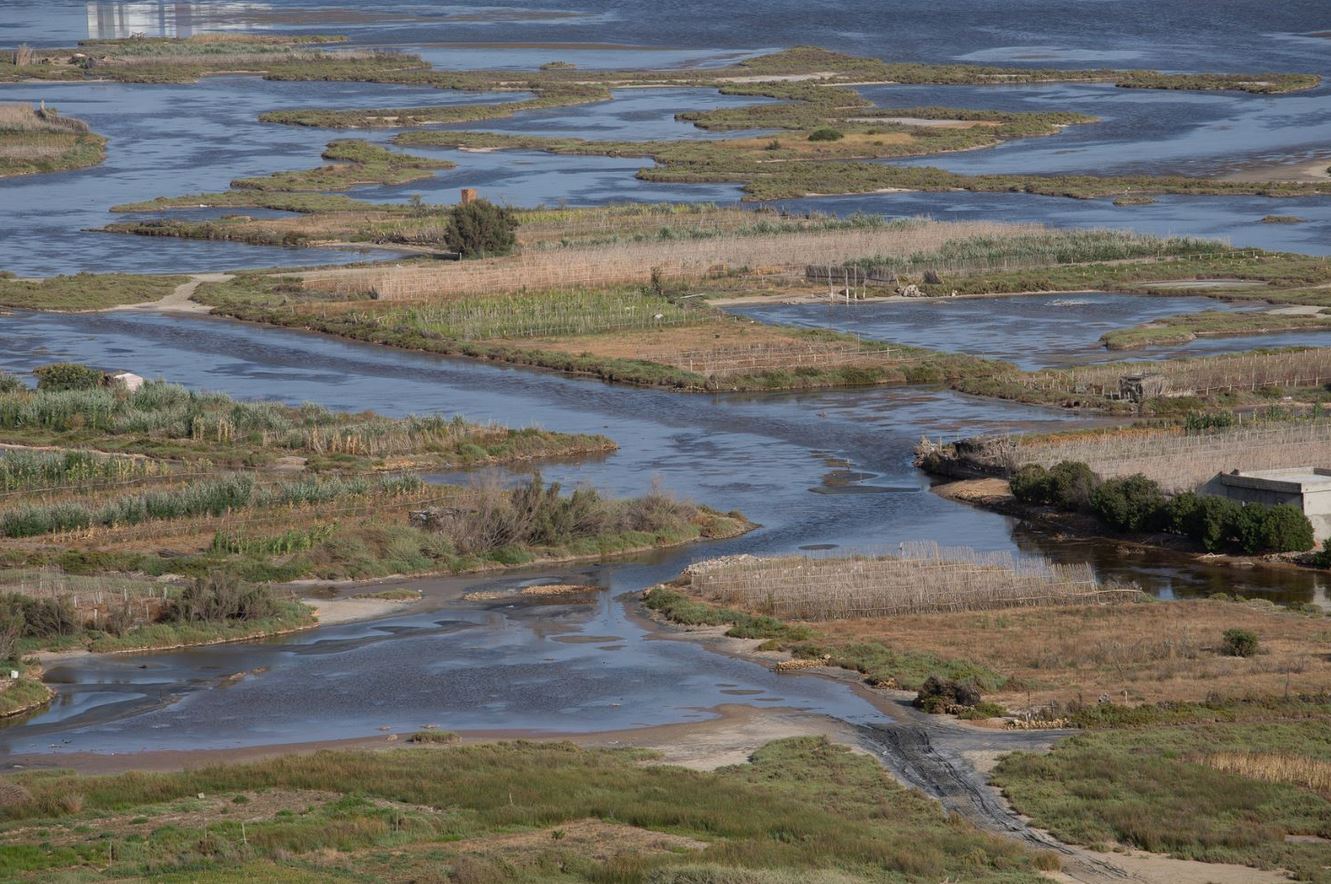
RAMLI MASTERS SAND FOR PLANTING
The Ramli method, translated as “in the sand”, was created in Tunisia in the mid-17th century by a group of immigrants who left the Andalusia region of Spain, fleeing ethnic and religious conflicts.
The group found a region in the North African country devoid of agricultural land and developed a technique to produce food on the banks of ponds.
The farmers create an arable area in the ponds using organic material to enrich the sandy soil.
This material is deposited so that it reaches a specific height where the roots of the food produced are irrigated by a thin layer of naturally filtered water without salt.
Potatoes are the main food produced using the Rami method, but the region also produces onions, garlic, melons, and zucchini.
With information from Forbes

